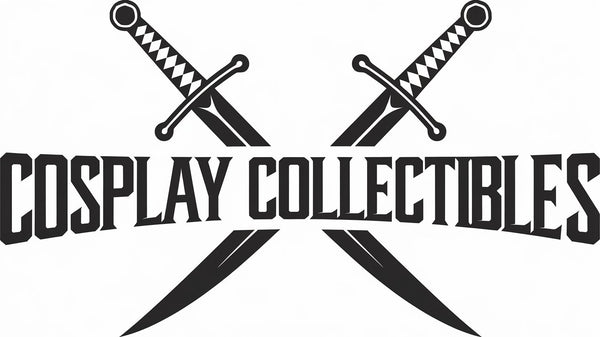
The Art of Swordsmithing: Crafting Blades Through the Ages
Share
The practice of sword making was long-lived and has influenced different societies. The art of sword-making has transformed for years, starting from the medieval Europe with its fiery furnaces to Japanese katana makers who have employed precise skills. This article examines the complex process of blade creation, historical development of swordsmithing, as well as a lasting popularity of handmade swords.
Introduction
Sword-making goes beyond mere production of weapons; it is an ancient craft that unites metallurgy and fine arts. A lot of care goes into producing a sword. Initially, these arts were designed to support warfare but later became emblems for skill and artistry.
Historical Evolution of Swordsmanship
Sword making is a craft that dates back thousands of years in history. In early times, bronze was used for making blades before iron or steel were invented. The invention of iron in place of bronze marked great technological leap forward thus leading to stronger and more durable swords.
Ancient and Medieval Techniques
In the ancient era, forging blades involved simple tools and techniques employed by the blacksmiths. This basically meant heating metal at a forge then shaping it while hot using hammer or other equivalents like water quenching for hardening the edges only. Swordmaking became more complex as metallurgy advanced further. For example, European medieval sword smiths introduced layered steel to improve strength and flexibility in their blades.
The Japanese Katana Tradition
One such celebrated tradition involves Japanese katana from sword smithing. It involves folding and hammering steel together to create a strong yet flexible blade called katana. Folding helps remove any impurities thus improving quality steel upon which this technique relies on its name “folding”. Japanese artisans known as katana makers have preserved this old trade by passing through generations such techniques.
Modern Swordsmithing
With advancement in technology over time, so has swordsmanship changed too in modern days? Modern day sword makers usually combine traditional techniques with contemporary tools as well as materials. The use of improved alloy steels, and precision tools has made it possible to have a greater control over blade properties. However, many sword makers still adhere to the age-old traditions while emphasizing their work on artistry and skill.
The Appeal of Handmade Swords
Handcrafted swords are prized in both ancient and modern periods. They are often objects of interest in terms of aesthetics and historical value for instance when they act as collector’s items. Collectors see every single blade as a masterpiece rather than mere weapon because of the dedication involved in its making.
Conclusion
Swordsmithing is an amazing illustration of human intelligence and creativity. From the past till today, sword smithing continues evolving while keeping its roots deep into tradition. This knowledge also provides a glimpse into swordsmithing as a timeless tradition that has shaped our civilization whether you are passionate about history or just interested in collecting weaponry or even excited about craftsmanship itself; which constitutes one such timeless activity that has seen the course of human lifestyle from ancient to modern times.
